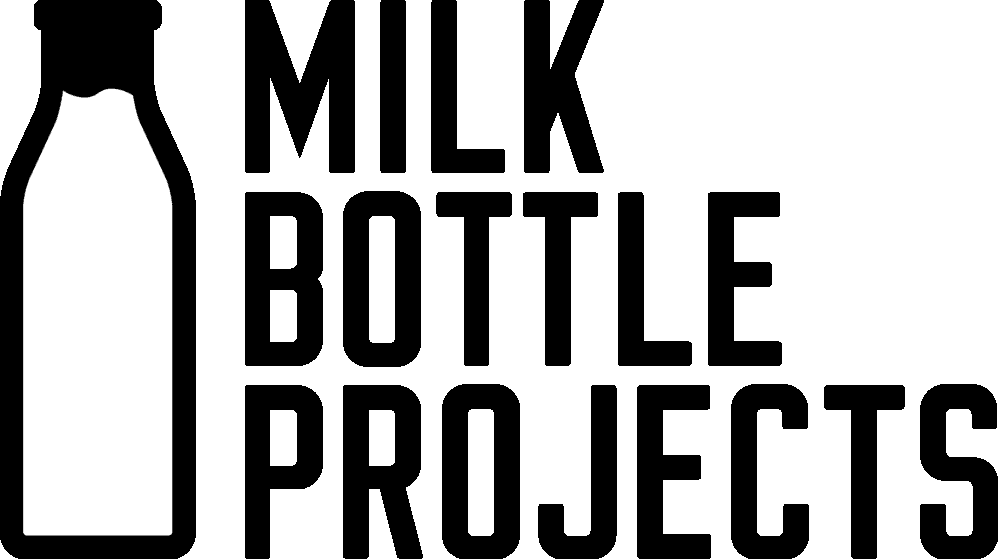How To Create A Logo & Slogan For Your Brand
- Topics of Conversation + Marketing Advice
Behind every great brand is a recognisable and distinctive logo and/or slogan that allows consumers to easily identify a business and the product or service they provide. Such visual and physical representation holds the power to make or break your brand.
A logo can be described as images, text or shapes that work to visually represent a business. A slogan however, is a series of words that summarise the purpose of a brand or to contextualise the personality of a brand. Together these important business tools work to portray the overarching objective of a business whilst working to distinguish brands in often competitive and saturated markets. Strong brands should leave lasting impressions on consumers that encourage them to repeat contact with the company. Without brand recognition and easy recall of a brand, success can be difficult to achieve.
THE IMPORTANCE
Logos and/or slogans are what consumers think of when a particular brand is mentioned. Take McDonalds for example, one look at the golden arches or a mention of the slogan “I’m lovin’ it” and consumers all around the world know exactly what brand you’re referencing and the story behind it. What we need to remember though is that effective branding takes time to develop, and moreso, such branding needs to be able to change to keep up with the times. When this happens successfully, the brand can be cemented into people’s psyche, long term. Huge global companies like McDonalds have worked tirelessly to build their profound brand over decades. Thanks to their consistent marketing efforts, particularly in their visual representation, McDonalds has been able to create one of the most recognisable brands in the world.
Brand recognition is extremely important for any business. A company needs to implement strong visual representation from the very beginning in order to achieve consumer awareness. On average, it takes seven impressions for consumers to remember your brand. (Moore, 2021) Companies that fail to stick to their specific visual identity will find it difficult to gain repeat customers because customers won’t have a gauge on “belonging” to the brand. Even with multiple forms of contact, constant visual change hinders recall.
Consistently applying a colour scheme, typography and a strong logo to all marketing and brand activities will work to ensure that consumers’ first seven impressions are all linked visually. In turn, this will allow your brand to be identified by as many consumers as possible. According to Forbes, 2021 colour improves brand recognition by up to 80% and presenting a brand consistently across all platforms can increase revenue by up to 23%. Consistency is key. The more a consumer is able to successfully identify a company’s logo or slogan the more likely they are to remember the company when they are in need of a certain product or service.
WHAT MAKES AN EFFECTIVE LOGO?
The main goal of a logo is to help consumers recognise and identify a brand. While creative design and choices are all subjective, there are key qualities that make a logo initially stand out and become recognisable. These qualities don’t necessarily mean physical design choices like colour or font, but more intangible qualities, such as relevance, distinction and adaptivity that can help the business stand the test of time.
A great logo is memorable, simple and distinct. In saying this, a logo should still use elements of design such as colour, font and placement but do so with purpose and consistency. These small touches could be what ultimately makes a logo stay in people’s minds and helps consumers further understand the story behind a brand.
When designing a logo, your target audience needs to be carefully researched and understood in order to remain relevant to potential customers. Ensuring your logo aligns with the wants, needs, likes and dislikes of the target audience will work to heighten the success of your brand. As such, a successful brand is one that is able to remain timeless and versatile, a logo design should be the same. Following trends in design at a particular point in time is not always ideal. Think of Nike for example, their logo consists of a singular simple tick. This design, although altered slightly throughout decades, has always been identifiable no matter what era, even through design changes.


Take the Nike logo change in 1978 for example; it was in this time period that Nike’s sales were booming. The brand made the design decision to change the font above their ‘tick’ logo from cursive serif typography to capitalised Futura Bold. This change was able to personify the brand and the story they were wanting to tell. The move to a bold font with capitalised letters established Nike as a “hero” brand who were strong, forward-thinking and here to stay. By 1995, the huge success of Nike allowed them to ditch the typography on their logo altogether. The brand was able to be solely recognised by the single ‘swoosh’ tick. Today, the Nike tick is one of the most recognisable logos in the world. Nike’s story shows how persevering with consistent visual representation whilst adapting with time and brand growth is able to generate huge success for a business.
WHAT MAKES AN EFFECTIVE SLOGAN?
If a logo is the visual representation of a brand, a slogan is what brings that to life and connects the company to the brand. A slogan should clearly and concisely communicate the brand identity and work to cement itself in the minds of consumers.
An effective slogan should be captivating, succinct and to the point. Much like a catchy song that gets stuck in your head, an effective slogan should have a sense of rhythm and be easily recognisable to consumers. As well as this, a slogan needs to be credible. Gaining consumer trust is another key aspect to creating a successful brand. For example, a small startup television company cannot claim they sell “the best televisions in the world” as there is simply no credibility behind this. Consumers will not trust the brand without credibility and in turn, will be far less likely to want to be a client or customer. Creating a slogan that resonates clearly with the brand and their identity will work to strengthen the overall recognition of a brand to consumers.
THE POWER TO MAKE OR BREAK YOUR BRAND
Contact us at MBP today to learn more about how our digital marketing company can support your business!

